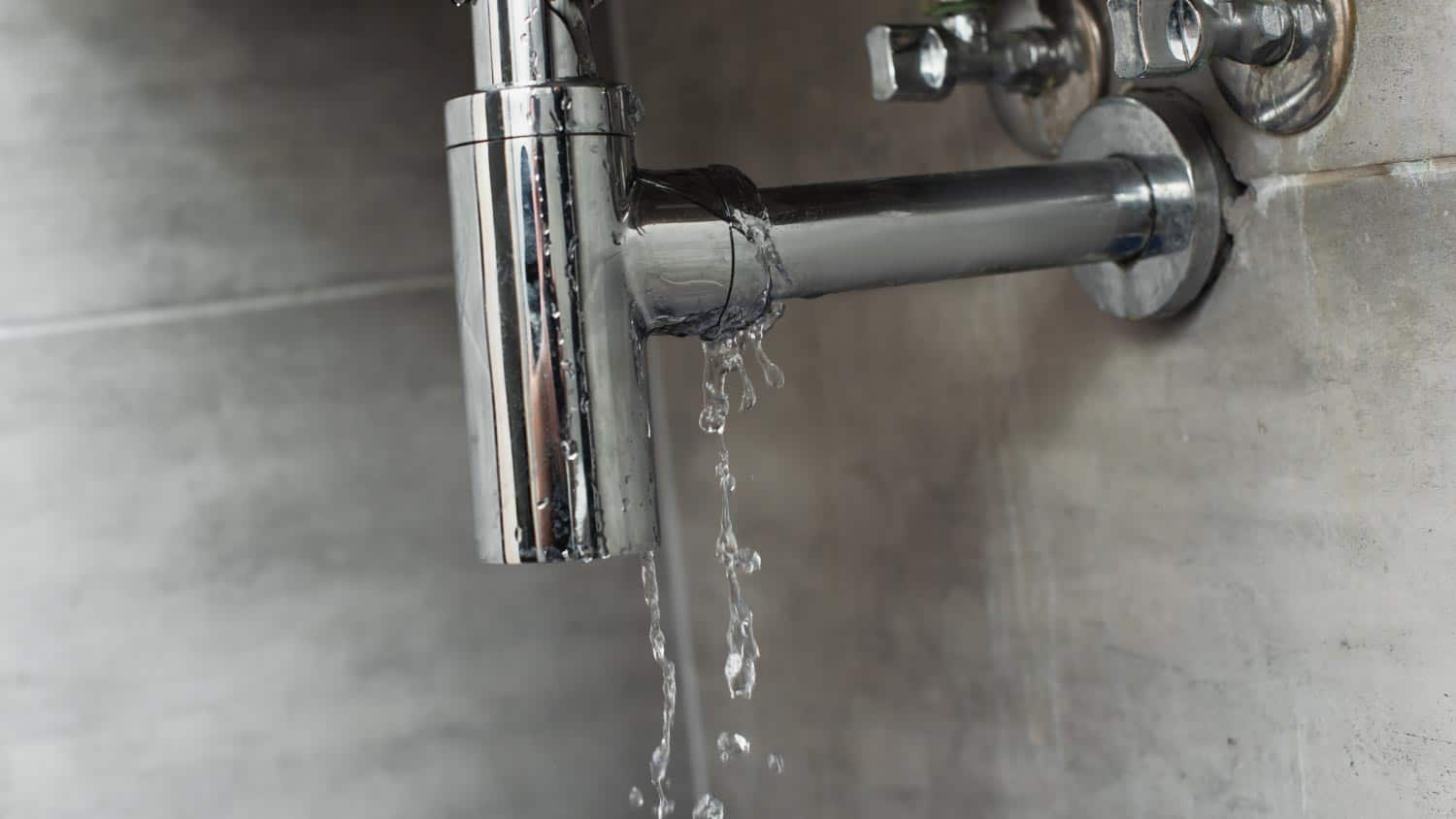How do you feel in regards to Locating water leaks?

Early discovery of leaking water lines can reduce a potential calamity. Some small water leakages may not be noticeable.
1. Check Out the Water Meter
Checking it is a proven method that assists you discover leaks. If it moves, that shows a fast-moving leakage. This implies you may have a slow leak that can even be underground.
2. Inspect Water Consumption
Examine your water expenses and track your water intake. As the one paying it, you should notice if there are any type of inconsistencies. If you find sudden changes, in spite of your consumption being the same, it means that you have leaks in your plumbing system. Keep in mind, your water costs should drop under the very same variety every month. An abrupt spike in your costs suggests a fast-moving leak.
Meanwhile, a steady rise every month, despite having the exact same routines, shows you have a slow-moving leakage that's additionally gradually escalating. Call a plumber to completely inspect your residential property, particularly if you really feel a cozy area on your flooring with piping below.
3. Do a Food Coloring Examination
When it pertains to water usage, 30% originates from bathrooms. Examination to see if they are running appropriately. Decrease specks of food shade in the tank and wait 10 mins. If the shade in some way infiltrates your bowl throughout that time without flushing, there's a leak in between the storage tank and also bowl.
4. Asses Exterior Lines
Don't forget to examine your outside water lines also. Examination spigots by connecting a garden hose pipe. Needs to water permeate out of the connection, you have a loose rubber gasket. Change this as well as ensure all links are tight. If you have actually got an automatic sprinkler, it will aid get it properly took a look at and also maintained each year. One tiny leak can waste lots of water and surge your water expense.
5. Assess the scenario and inspect
Property owners must make it a behavior to check under the sink counters as well as also inside cupboards for any kind of bad odor or mold growth. These two warnings show a leakage so punctual focus is called for. Doing regular assessments, also bi-annually, can conserve you from a significant trouble.
Check for stainings and damaging as the majority of pipes and appliances have a life expectancy. If you suspect dripping water lines in your plumbing system, do not wait for it to rise.
Early detection of dripping water lines can reduce a possible calamity. Some small water leaks might not be visible. Examining it is a guaranteed way that assists you uncover leakages. One small leak can squander tons of water and also spike your water expense.
If you suspect leaking water lines in your plumbing system, don't wait for it to intensify.
How to Know If Your Home Has a Hidden Leak
Water Meter Reveals Inexplicable Water Usage
If you’d like to test whether or not there’s a leak somewhere in your home, you can do this using your water meter. Here is how to conduct the test:
Don’t use any water in your home for at least 30 minutes; this also means not turning on faucets or water-using appliances.
Go outside, and check your water meter for activity.
If your water meter shows that there was activity, even though no one was using any water, this proves that there is a leak in your home.Visible Mold or Mildew Growth
Leaks behind walls create moist, dark environments that allow mold and mildew to grow and thrive. Eventually, you might see mold growth forming on the wall closest to a hidden leak.
If mold is growing in an area that receives a high amount of moisture, such as a bathroom, it may simply be an indication that better ventilation is needed. However, if you see mold growth on a wall or the ceiling in an area where you would not expect, you probably have a hidden leak.
Musty, Mildew Odor
Sometimes you might not be able to see the mold or mildew that is growing as a result of a leak. However, the smell can give the problem away just as easily. If you catch a whiff of something musty, there’s a good chance that old water is collecting somewhere in your home that you can’t see.
Stained/Warped Walls, Ceilings, or Floors
When your home soaks up water, a variety of red flags can become visible, including ceiling stains, bubbling drywall, warped walls, and sagging floors. While these issues can be caused by excess humidity, they can also be signs that a pipe or plumbing connection has started leaking behind your walls.
Inexplicably High Water Bill
After a while, you get a general sense for what your water bill should be. If you own a pool or sprinkler system, your bill will tend to be higher during summer. However, if you receive a water bill that seems especially high, and you can’t figure out what caused it, then you may have a hidden leak somewhere that’s increasing your bill.
https://www.plumbingjoint.com/blog/2019/july/how-to-know-if-your-home-has-a-hidden-leak/

Do you appreciate reading up on Leaking water lines? Leave feedback down below. We would be interested to see your ideas about this blog. Hoping that you come back again soon. I beg you take the opportunity to share this blog if you enjoyed reading it. I enjoy reading our article about Leaking water lines.